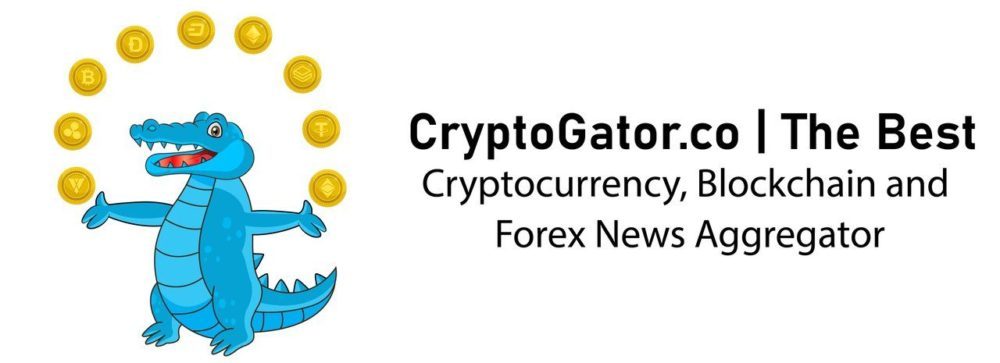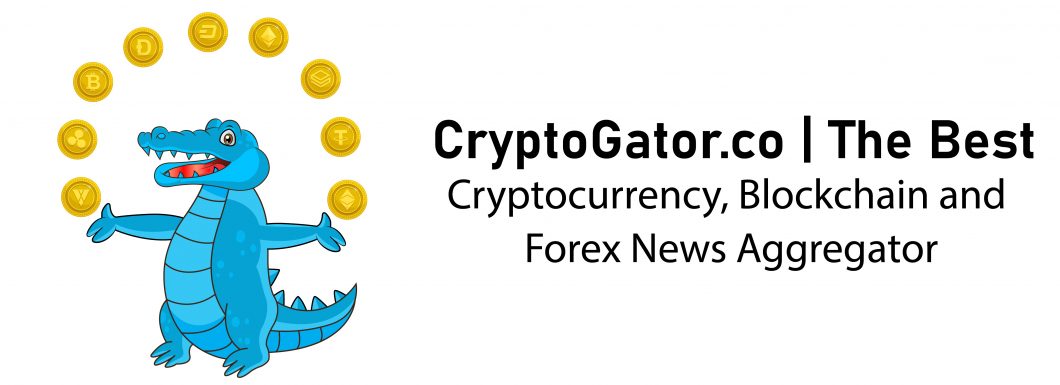<p>Crypto and web3 are global enterprises, and attitudes in officialdom vary around the world. Regulators in the US have a fraught relationship with the crypto industry, while in the EU, a framework of regulations called MiCA presents an imperfect but more constructive approach. Against this backdrop, attention is turning increasingly to Asia, where there is speculation about the region becoming a hub of crypto and <a href=”https://www.financemagnates.com/tag/web3/” target=”_blank” rel=”follow”>web3</a> development.</p><p>
Such possibilities have been reinforced this week with an announcement from KuCoin Ventures that it is leading a $10 million investment, alongside investors such as IDG Capital, SIG and Circle Ventures, into what is shaping up to be an important blockchain name, CNHC.</p><blockquote class=”twitter-tweet”><p lang=”en” dir=”ltr”>We are thrilled to share another KuCoin milestone with you! KuCoin secured a 10-million US dollar strategic investment from SIG, one of the largest quantitative trading firms. 🎉🎉🎉 <a href=”https://t.co/MdQzzEEgiO”>https://t.co/MdQzzEEgiO</a></p>— KuCoin Ventures (We’re hiring) (@KuCoinVentures) <a href=”https://twitter.com/KuCoinVentures/status/1550061706482593793?ref_src=twsrc%5Etfw”>July 21, 2022</a></blockquote><p>Fully Backed and Pegged</p><p>
KuCoin Ventures is the investment arm of the <a href=”https://www.financemagnates.com/tag/KuCoin/” target=”_blank” rel=”follow”>KuCoin</a> crypto exchange and trading platform and is focused on web3 projects, including infrastructure building. And as for CNHC, it is a <a href=”https://www.financemagnates.com/terms/s/stablecoin/” class=”terms__main-term” id=”e84b040e-4d12-499b-99bf-8ba75ea058ca” target=”_blank”>stablecoin</a> issuer and cross-border payment service provider, with a settlement network that covers over thirty countries, across LATAM, Africa, and other regions, and which is now aiming to facilitate easier transactions between Chinese export businesses and customers in developing countries.</p><p>
The stablecoin issued by CNHC is fully backed and pegged 1:1 to the Chinese offshore yuan, CNH, which is traded in markets outside the Chinese mainland. In addition to easing obstacles to international trade by allowing Chinese exporters a way to settle trade in a yuan equivalent, thereby avoiding exchange risks, CNHC offers holders in unstable economies a means by which to hedge against currency risks by holding the yuan-pegged token.</p><p>
When it comes to the tech on which CNHC is built, it is issued on two blockchains, <a href=”https://www.financemagnates.com/tag/ethereum/” target=”_blank” rel=”follow”>Ethereum</a> and Conflux. Ethereum is familiar and trusted, but is in a long and ongoing process to improve its ability to scale and reduce transaction costs and network congestion. Conflux, on the other hand, may be less widely known, but offers a faster and cheaper blockchain solution.</p><p>
Headquartered in China, Conflux is an Ethereum-compatible public blockchain geared towards cross-border applications and inter-network operability. It stands out as, amidst a ban on crypto in China, it is allowed to operate, and it partnered with China Telecom in order to work on releasing blockchain-integrated sim cards in Hong Kong. Additionally, Conflux is being utilized by the shopping-oriented, Chinese social media platform Little Red Book, which is integrating <a href=”https://www.financemagnates.com/tag/nfts/” target=”_blank” rel=”follow”>NFTs</a>.</p><p>
Notably, KuCoin Ventures also invested $10 million in Conflux back in early 2022, and that conviction now appears to be paying off. Combine Conflux and CNHC with recent speculation about Hong Kong’s future as a potential crypto hub, and we have the beginnings of some firm web3 foundations being put into position in Asia, which, as long as the <a href=”https://www.financemagnates.com/terms/r/regulation/” class=”terms__secondary-term” id=”341d154e-1396-4d12-a357-4837e79c4146″ target=”_blank”>regulation</a> is clear, coherent and not heavy-handed, may resolve into an attractive location from which to operate.</p><p>Asked how Hong Kong in particular compares with the EU, where comprehensive MiCA regulations are being established around crypto, Justin Chou, the Chief Investment Officer of KuCoin Ventures, stated that: “Overall, both the EU and Hong Kong are moving in the positive direction with their regulatory efforts. However, we believe that Hong Kong may have been slightly more aggressive in its approach. This is particularly noteworthy given Hong Kong’s position as a financial center of the APAC region, which makes it an important hub for the crypto industry.”</p><p>A Glimpse for the Future</p><p>It’s plausible that mainland China’s freeze on most things crypto is only superficial, and not a stance it intends to maintain for the long term, particularly if it becomes apparent that web3 is a significant next step in the evolution of both finance and the web, and should be appropriately positioned for.</p><p>
In fact, China has a number of crypto initiatives of its own, most notably the National Blockchain Technology Innovation Centre, which is to be established by the Ministry of Science and Technology in Beijing. We have also recently seen Chinese tech giant Huawei announce a web3 partnership with key blockchain entities including Polygon and DeepBrain Chain, the latter of which ties together blockchain technology and AI computing, all with the aim, for Huawei, of creating web3-integrated cloud services.</p><p>
What we are getting a glimpse of now is how the global crypto situation might be shaping up for the future. In the case of the developments being worked on by CNHC and KuCoin Ventures, it’s evident that cross-border stablecoin payments can be hugely beneficial in facilitating trade, especially when there are parties operating out of developing countries that lack economic stability.</p><p>
For a long time, questions have been raised around what exactly the purpose of crypto is supposed to be, but we are now seeing practical use cases emerge, and it’s becoming clearer that crypto payments and traditional financial systems can integrate and interact.</p><p>
Close to China
</p><p>
Returning to the questions of location and regulation, it’s notable that CNHC is based in Singapore, but is relocating to Hong Kong. On the subject of Hong Kong as a possible crypto hub, Justin Chou stated that: “Hong Kong’s regulators are taking a thoughtful approach by engaging with industry experts to balance innovation and financial market protection. This is essential for the long-term growth and stability of the crypto industry in Hong Kong.</p><p>”Moreover, we have seen positive signs of traction in Hong Kong’s crypto industry already. Developers from the APAC region are moving to Hong Kong because of its welcoming policies towards talent. As we all know, talent is the key to driving innovation and success in the crypto industry.”</p><p>
And asked, hypothetically, where would be the best location for a new crypto startup to do business, Chou recognizes the global pros and cons between regions, stating: “It’s no secret that some of the largest VCs in the industry are based in the US, which can be a huge advantage for startups. On the other hand, if you’re looking for engineering talent, the US and Europe can be a bit pricey compared to Asia. That’s where Hong Kong comes in – it’s close to China and has a tech scene that’s comparable to the US in terms of talent, but with lower costs.”</p><p>
He goes on to explain that: “US companies are known for their ability to build infrastructure, while Chinese founders are particularly strong at building consumer-facing apps. So, depending on the focus of your startup, one region may be a better fit than the others.”</p><p>
Overall, it will be informative to note what kind of reaction we see from regulators in the US should a trend towards the APAC region start to accelerate, and, relatedly, what effect <a href=”https://www.financemagnates.com/tag/MiCA/” target=”_blank” rel=”follow”>MiCA</a> regulation will have in the EU and around the world when it comes to enabling a viably competitive crypto environment.</p>
This article was written by Sam White at www.financemagnates.com.



